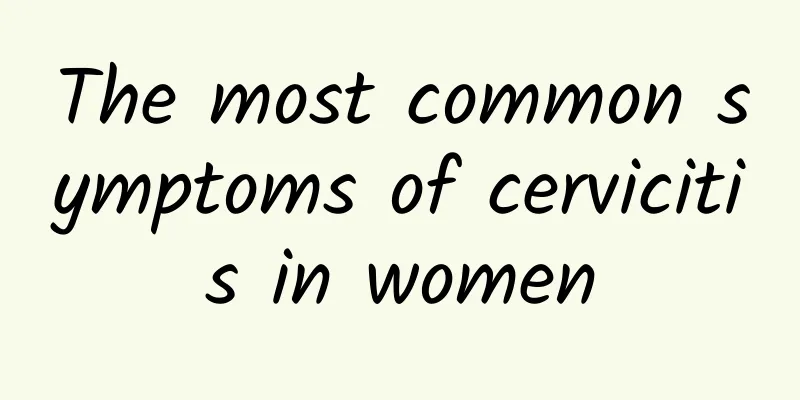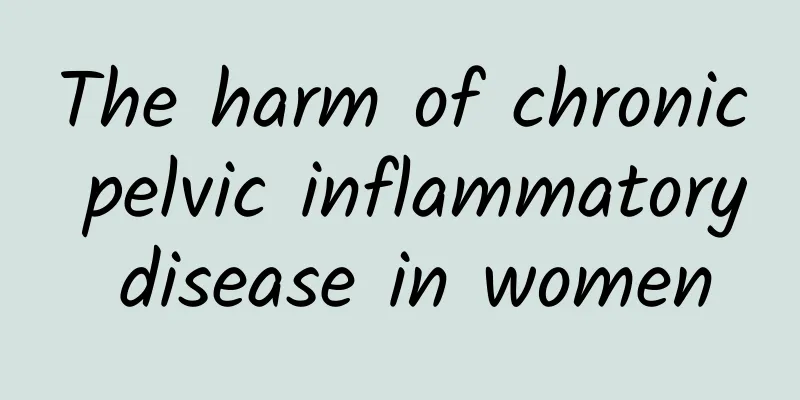Causes of bacterial vaginosis in traditional Chinese medicine theory

|
Traditional Chinese medicine believes that the occurrence of bacterial vaginosis is closely related to the liver, spleen, and kidneys, as well as the evils of wind, cold, dampness, and heat. 1. Liver and kidney yin deficiency The vulva and vagina are where the meridians are clustered and the tendons gather. The Chong and Ren meridians and the three Yin meridians of the foot (the Spleen Meridian of the Foot, the Kidney Meridian of the Foot, and the Liver Meridian of the Foot) all pass through here. The liver stores blood and governs the tendons; the kidney stores essence and governs the front and back Yin meridians. If the body is not endowed with sufficient endowment, sexual intercourse and childbirth, the essence and blood are depleted, or the kidney yin is deficient at the age of 79, the heavenly essence is exhausted, the Chong and Ren meridians are weak, the Yin blood is insufficient, and the Yin cannot be nourished, or the Yin is deficient and the fire is strong, which injures the Yin and burns the collaterals. 2. Liver meridian stagnation and heat The liver meridian of foot Jueyin goes around the genitals. If the seven emotions are hurt, the liver will be depressed and qi will stagnate. The depression will turn into heat for a long time, and the heat will burn the meridians. The liver fails to release qi, the qi mechanism is not good, the water and dampness are transported and transformed abnormally, and the water and dampness stagnate and fight with the depressed heat, causing dampness and heat to flow down and directly invade the genitals, causing genital pain and leukorrhea. "Leukorrhea" in Jingqing Zhu Nvke says: "Women's worry hurts the spleen, and the depression and anger hurt the liver. Therefore, the depressed fire of the liver meridian burns inside, suppressing the spleen and earth, and the spleen and earth cannot be transported and transformed, causing dampness and heat to accumulate between the belt meridian." 3. Dampness and heat Damp-heat is a disease, which can be divided into endogenous and exogenous. Endogenous ones are often related to spleen deficiency, liver depression or excessive consumption of greasy food. Exogenous ones are often caused by the emptiness of the uterus after menstruation and childbirth, and damp-heat evil takes advantage of the opportunity to enter the genitals and cause leucorrhea, genital pain and other symptoms. |
<<: Irregular menstruation is closely related to occupational factors
>>: Eating vinegar can effectively relieve dysmenorrhea
Recommend
What is the chance of recurrence of cervical warts?
There are three main factors for the recurrence o...
Cost of abortion surgery
The cost of abortion surgery consists of three pa...
What are the harms of menopause to patients?
Among gynecological diseases, menopause does not ...
Diagnosis of pelvic inflammatory disease
In today's society, the status of women is ge...
Will cervical polyps disappear on their own after menopause?
Cervical polyps may disappear on their own after ...
Four most effective methods for diagnosing ectopic pregnancy
Ectopic pregnancy is a common symptom of gynecolo...
Will ovarian cysts affect pregnancy? What should I do if I have ovarian cysts during pregnancy?
Will ovarian cysts affect pregnancy? What should ...
Bleeding after menopause Check for cervical hypertrophy
If bleeding occurs after menopause and cervical h...
Can I get pregnant with an ovarian cyst? What are the symptoms?
Can you get pregnant with an ovarian cyst? What a...
The causes of uterine fibroids are related to the following factors
Uterine fibroids are a common disease in women, a...
What are the main symptoms of cervical hypertrophy?
Cervical hypertrophy is a type of chronic cervici...
How to prevent and treat vulvar leukoplakia
There is still no good explanation for the cause ...
What is the cause of hyperprolactinemia? There are 5 influencing factors
Prolactin is also called prolactin. This hormone ...
How to prevent cervical precancerous lesions
Cervical precancerous lesions are one of the mali...
Can I get ovarian cysts after menopause?
Can I get ovarian cysts after menopause? The main...









